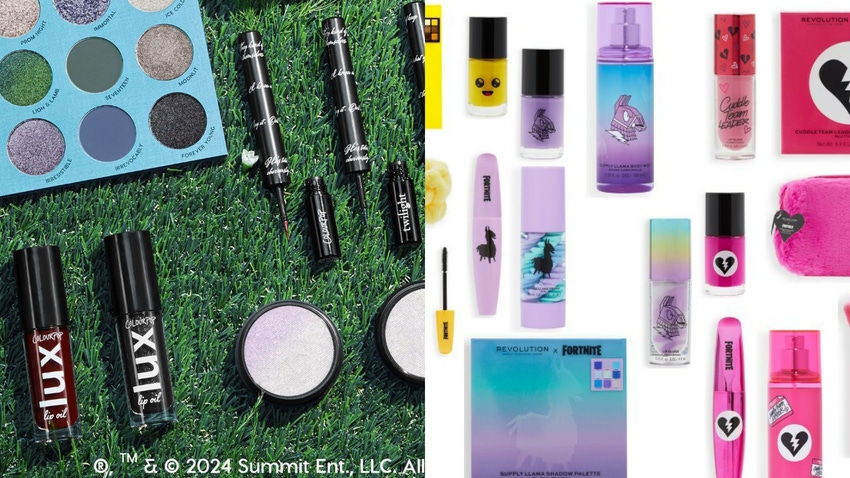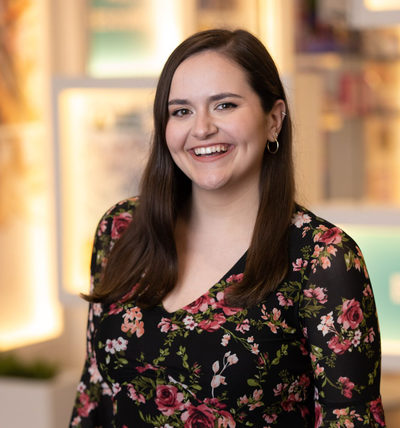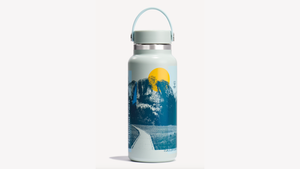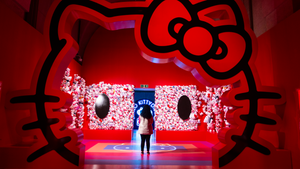An Introduction to The Beauty Industry and Fandom
License Global analyzes the beauty and cosmetics segment, discussing where it stands in relation to trends, fandom and the licensing industry.

The cosmetics industry – which includes skincare, fragrance, makeup and haircare –generated approximately $430 billion in revenue in 2022, according to McKinsey. The 2023 Licensing International Global Licensing Industry Study valued the health and beauty industry at 4% of the licensing industry, amounting to $12.34 billion.
As a key segment of the licensing industry, beauty is run by both multi-national and independent corporations, including Beiersdorf, The Estee Lauder Companies, L'Oréal, Procter & Gamble, Shiseido Company and Unilever. In 2022, L'Oréal was the leading beauty manufacturer in the world, generating more than $40 billion U.S. dollars in revenue.
Also in 2022 was the rise of skincare in the beauty industry, which Statista noted had a market share of 41% that year. Skincare dominating the beauty market is predicted to continue, bringing in roughly $186 billion U.S. dollars in revenues by 2028.
With niches on social media dedicated to beauty product reviews and tutorials, consumers are getting more invested in beauty than ever, discussing hype surrounding licensed collabs and sharing their ideal brand collaborations with other beauty fans. This phenomenon has become so widespread that many social media platforms, like TikTok and Instagram, now offer in-app shopping for these communities.
Shifts in tech trends (like AI facial filters), social media trends, fashion trends and consumer shopping habits inform beauty trends, and beauty trends can inform the inverse as well. But fandom influences all the things and creates a faster version of the “20-year trend cycle,” a phenomenon in which what was en vogue for a previous generation comes back to the forefront of the discourse of trend spotting. Hannah Ewens, features editor, Vice U.K., theorizes that the “instant accessibility” of the modern world has allowed for the creation of many micro trends inspired by eras, celebrities and IPs of both the past and the presence.
“Previously, the 20-year cycle meant that pop culture trends came and went every 20 years,” says Ewens. “It needed to be that long: Any shorter and a trend would just be naff, corny or passé, rather than retro, inherently nostalgic and cool. That rule has rapidly been made obsolete. Now it’s more like five, 10 years. It’s not a reach to say that currently most decades are being referenced most of the time.”
Micro trends and a shorter trend cycle have allowed for the increased creation of beauty lines that reflect more fandoms. “Latte makeup” can be in one moment and “cloud skin” can be in the next, often inspired by what fans see on the pop culture icons. Micro trends allow for more forms of self-expression, more makeup looks and more licensed collaborations to feed the masses.
Take the launch of ColourPop Cosmetics’ “Twilight” collection, including an eyeshadow palette based off the blue-green filter of the films, metallic eyeliners, a glittering body oil (to replicate Edward’s shimmery vampire skin), highlighters and lip oils. The collection sold out in five minutes, and fans flocked to the internet to show their takes on makeup looks inspired by the movie series’ characters. The collection fed into the fandom of “Twilight” lovers and inspired a moment in makeup.
The “dark academia” makeup and fashion trend has garnered traction on social media and can be seen on character Wednesday Addams from Netflix’s “Wednesday.” An upcoming makeup line from HipDot will lean into the aesthetic of the show and the overall trend.
Model Hailey Bieber’s beauty line, Rhode, grew in popularity with the “Strawberry Girl Summer” trend. Hailey’s promotion of the trend led to the brand’s limited-edition “Strawberry Glaze” Peptide Lip Treatment and an accompanying Krispy Kreme Strawberry Glazed Doughnut activation.
As License Global previously reported, gaming and beauty has seen an uptick in collaborative efforts, with Revolution Beauty teaming up with “Fortnite” to create a beauty line inspired by elements of the game in May. According to Priori Data, more than 80% of regular “Fortnite” players are between 18 and 35. Currently, the game has 250 million average monthly players, with 89.7% reported to be male and 10.3% reported to be female.
If all 10.3% of female players of “Fortnite” were interested in makeup, then that leaves more than 25 million potential buyers. But don’t count men out. Ipsos recently found that roughly one-third of men are open to using cosmetics.
As the world becomes more digital and fast-paced, beauty licensees are continuing to find ways to innovate the beauty industry, and with that, they’re innovating the licensing industry, too.
Read more about:
TwilightColourPop CosmeticsFortniteHipDotRevolution BeautyGlobalLicense Global OriginalAbout the Author(s)
You May Also Like








